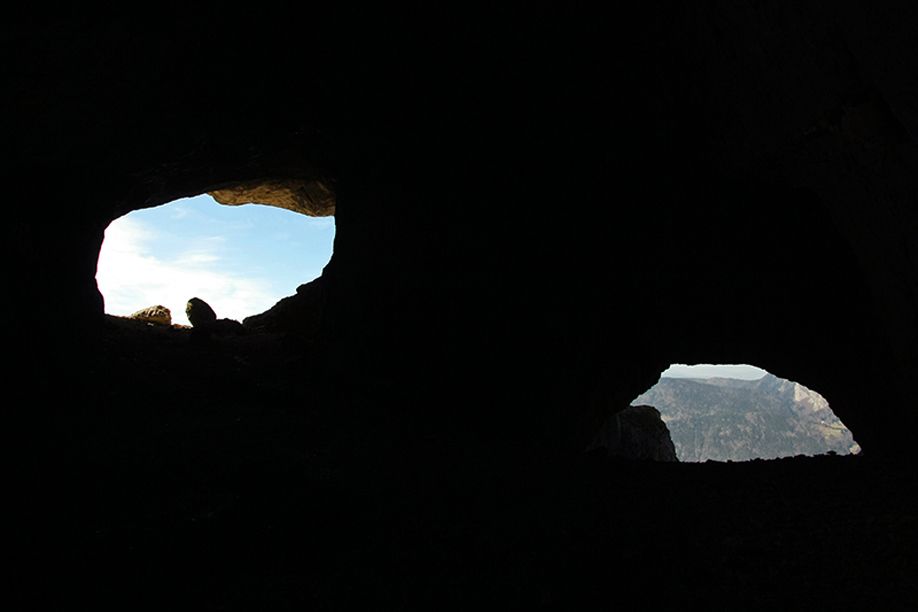Saint-Nicolas Church in Ghent
With the invention of photography (part technique, part artistry) in 1839, painters were left behind with respect to their ability to mimetically capture visual reality so they invested their research in the “art for art’s sake” movement, to explore formal qualities, chromatic aspects, venturing all the way to abstraction. Photographers also pursued paths of aesthetic discovery. The composition of the image therefore became a crucial element, more important than the subject being photographed. This radicalization led to minimalism, where the real emphasis is on form, line, and color…
Of course, a painter can create “anything”, but the photographer has to operate with what he has before him (whether he is orchestrating the shot, capturing the elusive subject after a valiant search, or sharpening his aesthetic eye). Because you’ll want to eliminate from the field any identifying signs (contextualizing element, relations of scale, etc.) to keep only the abstracted forms left behind, you’ll want to create a tight frame on the forms you’ve chosen (with a long focus, for example) to isolate them and showcase them.
Geometrization of forms
Vassily Kandinsky, the constructivist Russian painter, affirmed that “the contact of the sharp angle of a triangle with a circle has no lesser impact than that of the finger of God touching the finger of Adam in Michelangelo.” Simple geometric forms (straight lines, curves, circles, etc.) then become a pictorial vocabulary. By divorcing oneself from figural representation, one is separating oneself from the subject, the reference, in order to concentrate essentially on the composition, the manipulation of forms. Urbanized spaces and especially buildings are ideal for this type of photographic quest because they are rich in formal elements (lines, angles, symmetries, etc.). Here’s a tip: don’t forget to look up!
Central Station of Antwerp
Saint-Exupéry Station in Lyon
Play with color and light
It may be extremely helpful to think about color because it produces an immediate physical effect on the eye. By juxtaposing complementing colors (warm/cool colors: purple/yellow, red/green, orange/blue, you will create color contrasts. These will give your image dynamic energy and character because such opposite entices the retina (flat tint without color nuance is very effective, as with the facades of the houses in Burano)! To highlight color (or texture) some images will need a frontal view without depth, compared to what you might call a “support-plane”. Have fun taking pictures in flower and vegetable markets or in an autumn forest!
Autumn sky in Parmelan
Canal in Venice
Particular attention may for example be paid to light because it can produce really rich effects (reflections, twinkling, nuance, etc.) that are even more visual elements you can work with: you can also play with strong contrasts (like backlighting) or with the subtle effects of gradation (due to horizontal beams of light) which lend nuance to color, or even a cameo effect (with variations in value of the same color). A black and white shot (with shades of gray) will show off this aesthetic of light. My recommendation is take the photo in color and then turn it to black and white with software in post-production.
Collomb Cave on Mont Granier
Rhythm and repetitions
Rhythm is defined as the “periodic repetition (of a natural physical, auditory, or visual phenomenon).” You can take some time to think about how to achieve cadence in your image by playing with repetition of patterns (lines, forms, persons, colors). Using a similar or even identical form can lend frequency to how your image will be read. Composition will be very important, because the way elements are placed will impact how the viewer’s eye will travel over the partitions created within your photo (whose tempo you have created). This repetition of patterns can run over the entire image, producing an “all-over” effect (like in the paintings of Jackson Pollock). I also recommend the photographs of Andreas Gursky, where individual elements (people, windows, etc.) create an abstraction of the whole…
Galeries Lafayette in Annecy
For every rule, there’s an exception: you can create a wonderful rhythm that you break up with the use of an anomaly that acts as a parasite within the organism (for example a curve in the midst of a world of straight lines, or a bright red maple amidst the pines, or a shapeless lichen among the smooth round pebbles, etc. Any of these are going to upset the rhythm, and become a “visual black sheep”).
Edouard
Co-editor of the Trace Ta Route (Track Your Route) photo blog.
I am a lover of Art and mountain hiking, I adore vast landscapes and hidden, deserted or abandoned spaces. I am particularly fond of the Sublime, that aesthetic of emptiness and silence. I’m influenced by the works of Caspar David Friedrich, Edward Hopper, Luc Tuymans, Hiroshi Sugimoto, Andreas Gursky, Candida Höfer, Bernd and Hilla Becher, Andres Serrano, Eric Poitevin, Michelangelo Antonioni, Gus Van Sant…
Blog: www.trace-ta-route.com
Portfolio: www.trace-ta-route.com/edouard-photographie
Facebook: www.facebook.com/EdTraceTaRoute
Instagram: www.instagram.com/instaroute









